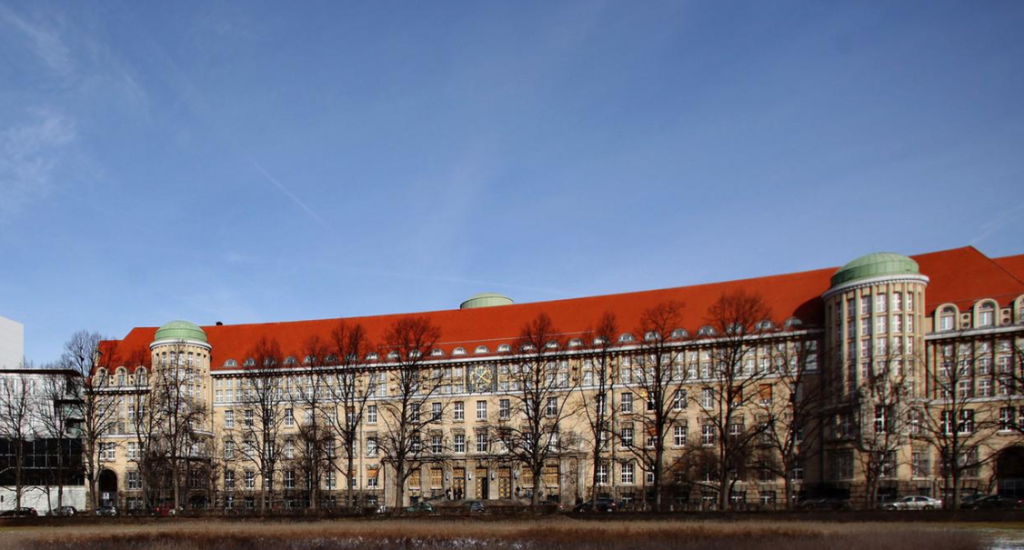In the heart of Copenhagen, nestled among the cobblestone streets and historic architecture, lies a sanctuary of knowledge and culture – the Royal Danish Library, known as the “Denmark National Library.” This institution has been a beacon of enlightenment for centuries, preserving the nation’s literary heritage and offering a haven for scholars and book lovers alike. In this comprehensive article, we will delve into the rich history, cultural significance, and modern-day relevance of the Royal Danish Library. Let’s embark on a journey through Denmark’s literary treasure trove.
Denmark National Library: Unveiling the History
The Birth of a Legacy
The roots of the Royal Danish Library date back to the early 17th century when King Frederik II established the “Kongelige Bibliotek” in 1648. It started with the royal collection of books and manuscripts and has since evolved into a national institution.
Architectural Splendor
The library is housed in an architectural marvel – the Black Diamond, designed by Danish architects Schmidt Hammer Lassen. This modern addition to the historical landscape reflects Denmark’s commitment to blending tradition with innovation.
Literary Collection at Denmark National Library
Vast Holdings
With over 35 million items in its collection, the Royal Danish Library boasts an extensive array of books, manuscripts, maps, and more. It stands as one of Scandinavia’s largest and most comprehensive libraries.
Treasures Beyond Words
Among its treasures, you can find the Gutenberg Bible, ancient Norse sagas, and the works of famed Danish philosopher Søren Kierkegaard. These artifacts provide a glimpse into Denmark’s cultural and intellectual heritage.
Cultural Significance of Denmark National Library
A Hub for Scholars
The library has long been a magnet for researchers and academics from around the world. Its specialized collections in fields like Scandinavian studies and linguistics make it a hub for intellectual exchange.
Literary Events
The Royal Danish Library hosts numerous literary events, exhibitions, and lectures, fostering a sense of community among literature enthusiasts and scholars.
Denmark National Library: Modern Adaptations
Digital Transformation
In today’s digital age, the library has adapted to provide online access to its vast collection, ensuring that knowledge is accessible to all, regardless of physical location.
Educational Outreach
The library actively engages with schools and universities, offering educational programs to inspire the next generation of thinkers and writers.
Preserving Denmark’s Identity
Cultural Preservation
As the guardian of Denmark’s cultural heritage, the Royal Danish Library plays a pivotal role in preserving the nation’s identity through literature and historical documents.
Multilingual Resources
Its commitment to diversity is reflected in its multilingual resources, making it a valuable resource for Denmark’s multicultural society.
Conclusion
The Royal Danish Library, or the Denmark National Library, is more than just a repository of books; it is a testament to Denmark’s intellectual and cultural legacy. Its history, vast collection, and modern adaptability make it an invaluable asset not only for Danes but for the global community of knowledge seekers.
FAQs (Frequently Asked Questions)
1. Can anyone visit the Royal Danish Library?
Yes, the Royal Danish Library is open to the public, and anyone can visit its reading rooms and exhibitions.
2. How can I access the library’s digital collection?
The library offers online access to its digital collection through its official website, making it accessible to users worldwide.
3. Are there guided tours available for visitors?
Yes, the library offers guided tours for visitors interested in exploring its history and collections more comprehensively.
4. Can I borrow books from the Royal Danish Library?
While some materials are available for borrowing, many rare and valuable items can only be accessed within the library’s premises.
5. Does the library provide research assistance?
Absolutely! The library’s staff are knowledgeable and can assist researchers in finding and accessing relevant materials.
Conclusion
In conclusion, the Royal Danish Library is a beacon of knowledge, culture, and heritage that continues to shine brightly in the heart of Copenhagen. Its rich history, diverse collections, and commitment to accessibility ensure that it remains a vital institution in Denmark and beyond. So, whether you’re a literary enthusiast, a historian, or simply a curious traveler, make sure to include this treasure in your itinerary when you visit Copenhagen.
References
- “Royal Danish Library.” The Royal Danish Library, https://www.kb.dk/en/
- “Black Diamond: The Royal Danish Library.” VisitCopenhagen, https://www.visitcopenhagen.com/copenhagen/black-diamond-royal-danish-library-gdk410516
- “Gutenberg Bible.” The Royal Danish Library, https://www.kb.dk/en/nb/samling/haandskrifter/gutenbergs-bibel.html
- “Søren Kierkegaard’s Works.” The Royal Danish Library, https://www.kb.dk/en/nb/materialer/haandskrevne-saertryk-af-soeren-kierkegaards-vaerker.html

